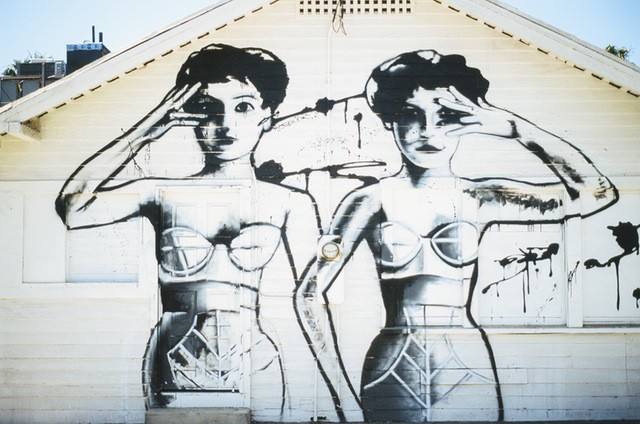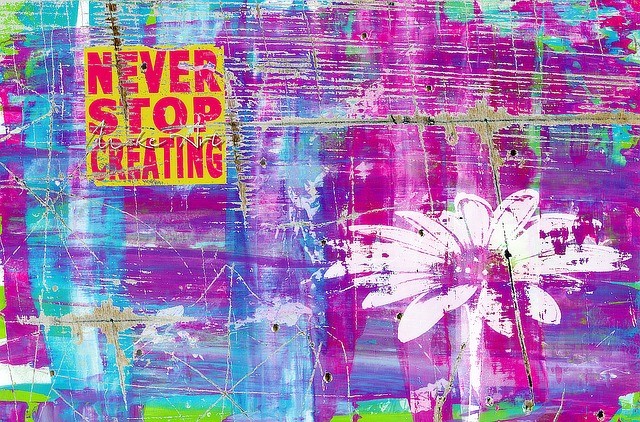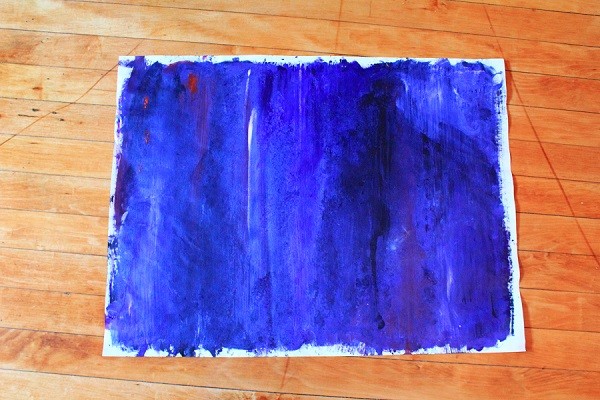How Do I Know My Therapy is Working?
I come from two separate worlds. I am an artist, first and foremost. Art helps me frame my experiences and communicate my ideas. Art makes me feel happy, comfortable, and excited. I’m also a mental health professional. Mental health professionals do not use art to frame their experiences. They use facts to communicate their ideas. Mental health professionals rely on science, not feelings.
Alright, alright… this may be some “black and white thinking” on my part. But art therapy is unique in that it combines the worlds of science and art. Two worlds we don’t usually like to combine. As you can imagine, this causes a bit of unrest in the psychology community. “Paint your feelings!” doesn’t exactly fit the medical model.
Art Therapy: The Red-Headed Step-Child
When I’m hanging with fellow clinicians (therapists have personal lives, too), I get a few sideways glances. I’ll get comments like, “Oh, don’t worry about getting at the tough stuff with client X. That’s what her counselor is for!” Or, “What fun project is your group working on?” Or my personal favorite, “Can you make this sign/decoration/happy birthday card for us?!”
Art therapy is so much more than crafting and “brightening up the office.” And because advocating for myself and my work is so fundamental to my professional identity, I’ve gotten pretty good at it. (I’m also an only child, and as psychology tells us, I’m a bit of a know-it-all.)
So let me advocate.
Art Isn’t Science and Science Isn’t Art
Yes, it is. Or at least, it can be. First things first: When we ask if something is scientifically sound, what we’re really asking is, “Is it effective?” and “How do we know? What evidence do we have to support that claim?” A quick google search will give you a richer understanding of important terms like empirical, verifiable, evidence-based, etc., all crucial to evaluating the success of a treatment intervention. Essentially, legitimate data supporting a facility’s effectiveness should be their modus operandi. For example, Sanford House’s curriculum relies on several evidence-based treatments. Their website reads:
“Our treatment philosophy incorporates substance abuse and co-occurring mental health disorders in integrated treatment and utilizes evidence-based practices from Seeking Safety to address trauma, Motivational Interviewing, Mindfulness Based Stress Reduction, Mindfulness Based Cognitive Therapy, and Interactive Journaling. Sanford House continually strives to better serve our clients…”
Additionally, staff qualifications are found on the “Meet Our Team” page. This stuff may sound obvious, but there are many treatment centers that do not provide this information to potential clients. That’s why it is so very, very important to do your research before beginning a new therapy regime. The facility’s treatment philosophy and accreditations should be easy to find and understand. (And if they aren’t – ASK!)
Art Therapy and Scientific Research
Shaun McNiff (Art Therapy Rock-star) has made tremendous headway in marrying the concepts art therapy and scientific research. Shaun practices artistic inquiry, or “Arts-based Research.” Arts-based research is the use of an art process or product to generate data. This information helps a researcher better understand or describe a subject’s experience. Arts-based research can be quantitative (numbers) or qualitative (no numbers). Arts-based research is heuristic when the researcher seeks knowledge about their own experience (controversial).
If you’re interested, there are plenty of scholarly articles on the web about art-based research. They are a great place to start when evaluating if art therapy is a right fit for you. Again, I encourage you to ask questions. You should be nosey and demanding and sassy when it comes to your health and treatment options. Develop your own opinions.
Check out Outcome Studies on the Efficacy of Art Therapy: A Review of Findings by Slayton, D’Archer, and Kaplan. This 2010 article looks at the presence of art therapy in a bunch of studies, with populations ranging from female inmates who experienced the death of a loved one during incarceration, to children and adolescents undergoing bone marrow transplants.
Art Therapy and Substance Abuse
Treatment facilities typically use a variety of therapies in their curriculum. This is to promote a wide and comprehensive healing experience for their clients. If done correctly, the therapies all fit snuggly under the facility’s mission/umbrella. Together, they work to help folks explore their sobriety journey in a way that makes the most sense to them.
Art therapy has proven itself to be a powerful force in the treatment of substance use disorders. This is partly due to art therapy’s heavy focus on self-exploration. Art therapy also lends itself to examining topics like trauma and shame. And because story-telling is a prominent method of inquiry in art therapy, it can be a particularly effective way to:
- Identify the factors that may have led/contributed to addiction
- Describe how an individual’s relationships, character traits, trajectory have changed as a result of addiction
- Encourage individuals to write a new narrative.
In my experience, clients enjoy the respite art therapy gives from all the talking, talking, talking that goes on in treatment. While still encouraging them to introspect, introspect, introspect.
This is what I created today. How did you express yourself?
Art above created by author Jessica Kimmel
___________________________________________________________________
Would You Like to Take the Next Step and Get Help?
Toll Free. Confidential
616.202.3326






